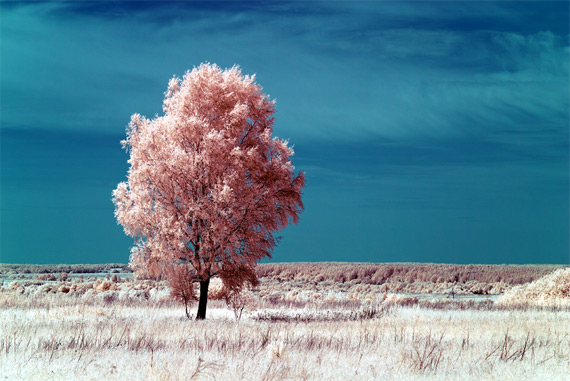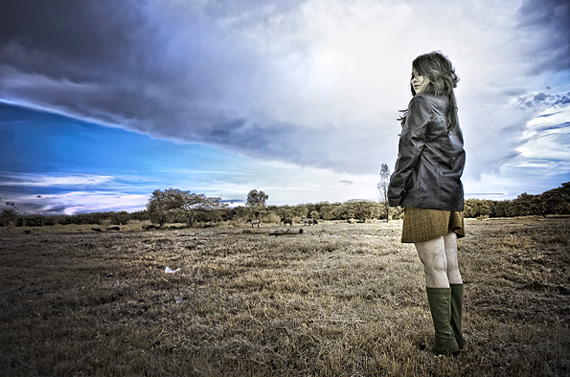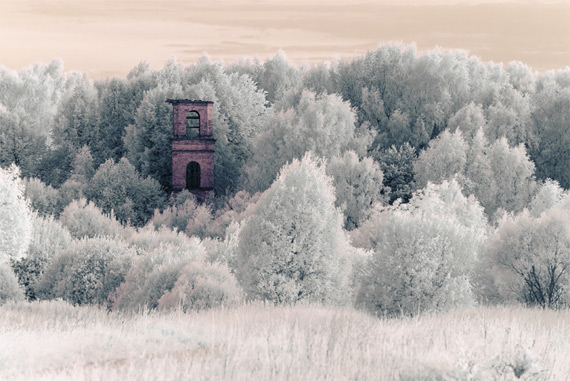Infrared photography (or IR photography) has offered a complete new dimension to this field. Nowadays, many professional photographers are using infrared to create a completely different effect in a simple photograph. IR photography is completely different from any other types of photography and it requires special films for capturing the light effect needed for using this technology.
Infrared Photography at a Glance
Infrared photography refers to a special type of photography using films or sensors that have infrared light sensitivity. By using infrared light in a photograph one can add special effects, like false colors, to photographs.
When you are learning about the basics of infrared photography, you should also note that this type of photography has the ability to penetrate light fog and haze in a successful way, to bring out a clear image. The wavelength of these photographs is also longer compared to visible light, which helps in obtaining a clearer image in spite of the pollution or dust present in the air.
Another major advantage of using infrared rays is it never produces any false color in black and white images unless the photographer opts to do so. Though the use of IR technology has remained vital for black and white photography, it has become almost obsolete for color photography.
Different Types of Infrared Photography
Infrared photography has evolved greatly with time. Several new developments have taken place in this field.
Analog
Analog IR photography refers to the sub-division of infrared photography which requires films that have stray light sensitivity. Someone who wants to practice analog IR photography needs to use MACO IR820C or Kodak HIE Infrared films for the work, as these two films only offer sensitivity to stray lights. Before taking a snap, one should also ensure that mechanical frame counter is there in the camera.
Digital
This is considered to be more popular than analog IR photography. Cameras meant for digital IR photography come with sensors that are highly sensitive to infrared radiation. Sometimes, these cameras come with an “IR Cut-off Filter” or “Hot Mirror” for blocking radiation, which can affect the image.
Applications
Though digital photography and HDR photography are now ruling the market, one cannot ignore the importance of infrared photography. For some applications, infrared photography is still considered to be the best choice:
- Taking snaps in a dark room
- Capturing wildlife at nighttime in complete darkness
- Create a chalky appearance on the photograph by using IR photography in outdoors or indoors with the availability of clear light
- Capturing images during the state of war, where light availability is reduced during the night
There are several advantages of IR photography. You may read different books on the subject or visit photography forums to know more.
About the Author
Rhommel Bernardino is the creator and webmaster of http://photographyarticles.net. He is a freelance photographer based in Toronto, Canada and has been shooting weddings, events, portraits, fashion, glamour, and nudes for the last five years. He is also organizes photographic events like photo shootouts and occasionally hosts photography workshops in and around Toronto.
Like This Article?
Don't Miss The Next One!
Join over 100,000 photographers of all experience levels who receive our free photography tips and articles to stay current:









Great introduction into infrared photography. I’ve made a basic digital infrared tutorial for anyone looking to try infrared photography!
https://www.cameraon.ca/infrared-photography-tutorial/
Nice article, have a look at my infrared motion time-lapse test: http://www.youtube.com/watch?v=lt7wrmqC_Mw